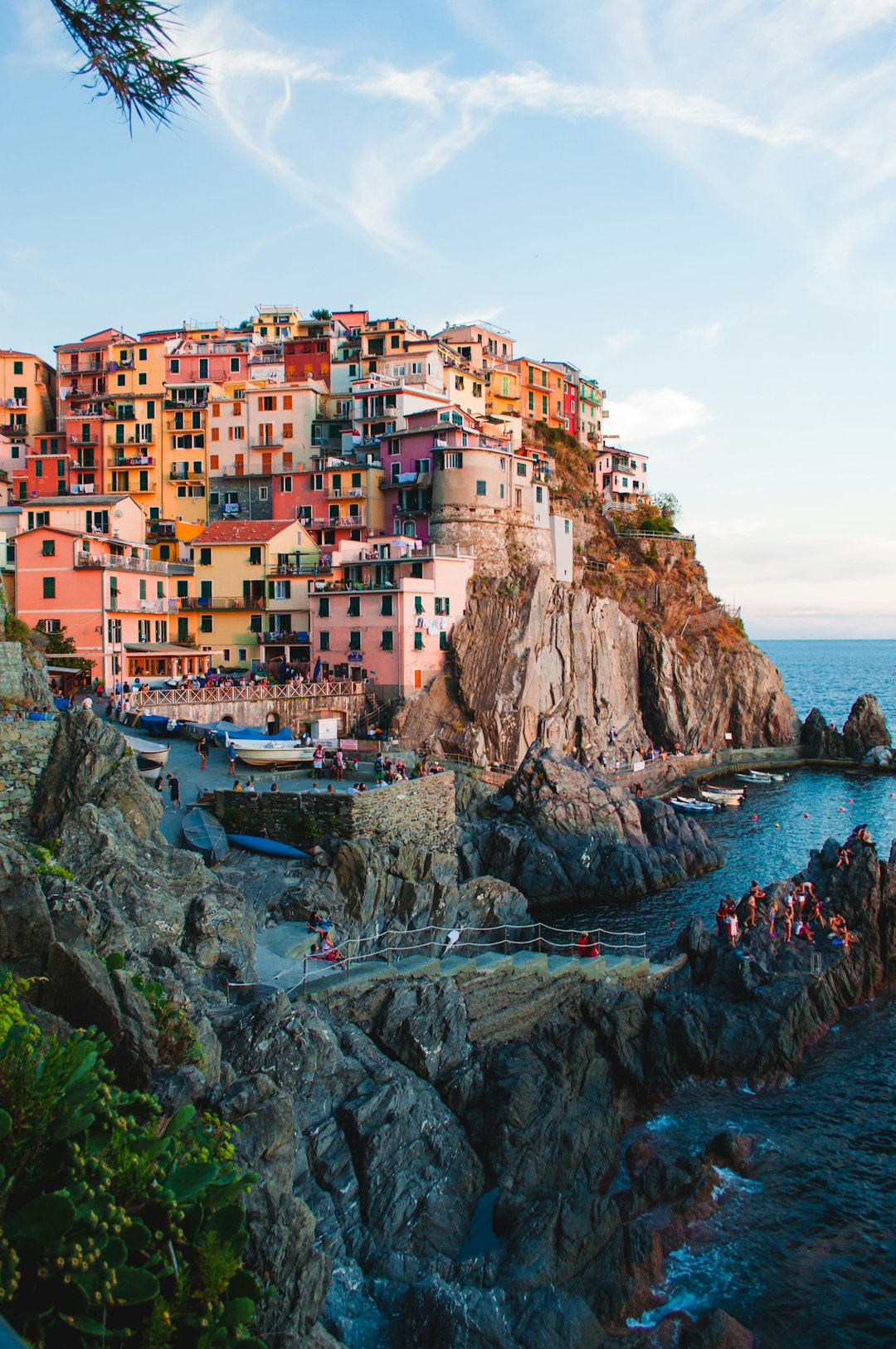
How to Plan the Perfect Itinerary: Tips and Tricks for Every Traveler.
# Introduction. Planning a trip can be one of the most exciting yet daunting tasks a traveler faces. A well-crafted itinerary is essential to ensure that you make the most of your time, explore all the must-see sights, and create lasting memories. Whether you're a seasoned traveler or a first-timer, having a structured plan in place can help you navigate any unforeseen circumstances while keeping your adventure seamless and enjoyable. # Define Your Travel Goals. Before diving into the specifics of your itinerary, it's important to outline your travel goals. Ask yourself what type of experience you want to have on your trip. Are you looking for relaxation on a beach, cultural immersion, or an action-packed adventure? Defining your goals can shape your itinerary. For instance, if your aim is relaxation, prioritizing leisure time over structured activities will lead to a more fulfilling experience. Additionally, it helps in selecting the appropriate destination, activities, and tours that align with your objectives. # Research Your Destination Thoroughly. A successful itinerary is heavily reliant on thorough research about your chosen destination. Familiarize yourself with the local culture, language, customs, and, most importantly, the iconic landmarks and hidden gems. Websites, blogs, travel guides, and social media platforms like Instagram or Pinterest can provide invaluable insights. Create a list of attractions, activities, and local experiences that resonate with your travel goals. Make note of their opening hours, average time needed for each visit, and proximity to one another to maximize your daily plans. # Establish a Flexible Daily Schedule. Creating a flexible daily schedule allows for spontaneity while maintaining an organized approach to your trip. Break down your travel days into manageable segments, typically around two to three principal activities or locations per day. For example, visit a historical site in the morning and dedicate the afternoon to immersive activities like a cooking class or visiting local markets. Additionally, ensure that you allocate free time to relax or explore unplanned adventures. This way, you can adapt to changes in your itinerary if a particular attraction is closed or the weather isn’t cooperating. # Factor in Logistics and Travel Time. Understanding transportation options and travel times between destinations is crucial in crafting an effective itinerary. Look into the best modes of transportation available, whether by foot, public transport, or renting a vehicle. Apps like Google Maps or local transit apps can help you calculate travel times accurately, so you won’t be caught off-guard. Avoid cramming too many activities into a single day, as this can lead to stress. Instead, consider creating itineraries that combine nearby sites and minimize travel hassle. # Consider Local Events and Seasonal Promotions. Attending local events can significantly enhance your travel experience. Check local tourism websites or community calendars for festivals, concerts, or markets taking place during your visit. Not only does this add unique flavor to your itinerary, but it often also allows you to engage with locals and experience the culture on a deeper level. Additionally, some attractions may offer seasonal promotions or discounts, so researching these opportunities can lead to savings that free up your budget for other activities. # Review and Adjust Your Itinerary Before Departure. Before you get too far along with your plans, review your itinerary critically. Make sure it aligns with your budget, interests, and the pace you’re comfortable with. It can be very helpful to have someone else look at it too, as they may offer a fresh perspective and note anything you might have overlooked. Adjust as needed to incorporate any advice you’ve received or new insights gathered from your research. If everything seems in line, it’s time to finalize your itinerary and prepare for your exciting adventure! # Conclusion. Planning the perfect itinerary doesn't have to be overwhelming. By clearly defining your travel goals, thoroughly researching your destination, establishing a flexible schedule, considering logistics, and seeking out local events, you can create a well-rounded travel plan that caters to your interests and maximizes your experience. Remember to remain adaptable during your trip while staying true to your itinerary's structure. Ultimately, the perfect itinerary is one that facilitates discovery and enjoyment, allowing you to explore new places while feeling relaxed and fulfilled. Happy traveling! .







